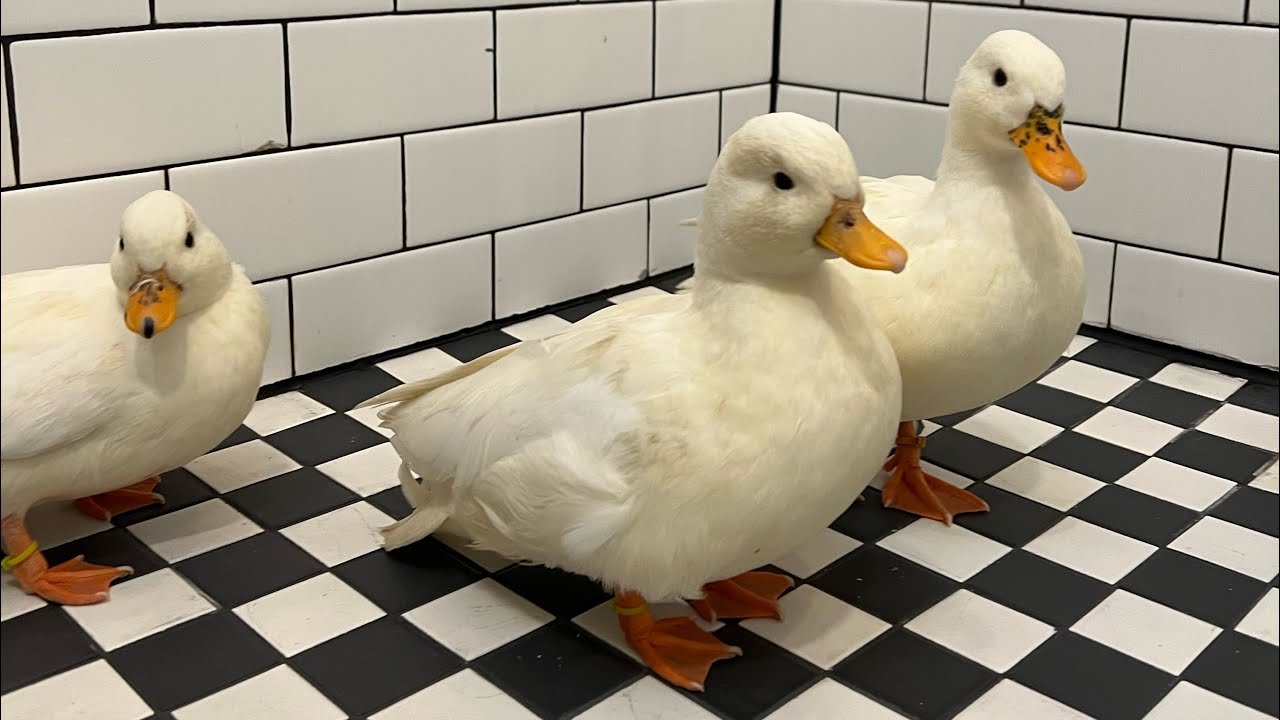The Fascinating World of Ducks: A Comprehensive Overview
Ducks are among the most ubiquitous and intriguing waterfowl, found in a variety of habitats across the globe. These versatile birds belong to the family Anatidae, which also includes swans and geese. Ducks are renowned for their diverse appearances, behaviors, and adaptations, making them a subject of fascination for bird watchers and nature enthusiasts alike.
Anatomy and Adaptations
Ducks are characterized by their distinctive anatomy, which is finely tuned for aquatic life. They possess webbed feet that make them adept swimmers, allowing them to navigate both still and moving water with ease. Their bills are broad and flat, designed to filter food from the water. This adaptation is particularly useful for dabbling ducks, which feed on aquatic plants, insects, and small fish. Diving ducks, on the other hand, have more streamlined bodies and are equipped to dive underwater in pursuit of their prey.
The plumage of ducks varies significantly among species. Male ducks, known as drakes, often sport vibrant and elaborate colors to attract mates. Females, or hens, usually have more subdued and cryptic coloring, which helps them blend into their surroundings, especially during the nesting season. This sexual dimorphism is a common trait among ducks and plays a crucial role in their reproductive strategies.
Behavior and Diet
Ducks exhibit a range of behaviors that are fascinating to observe. They are primarily social birds, often found in flocks that can vary in size from just a few individuals to thousands during migration. Their vocalizations are diverse, with each species having its own unique call. For instance, the familiar “quack” of the mallard is instantly recognizable, while other species produce a variety of sounds including whistles, grunts, and coos.
Dietary habits among ducks can be quite varied. Dabbling ducks, like the mallard and northern pintail, feed on the surface or just below it, consuming aquatic plants, insects, and small crustaceans. Diving ducks, such as the canvasback and redhead, dive underwater to find their food, which may include fish, mollusks, and aquatic plants. Some species, like the wood duck, are more adaptable and will feed on a wide range of food sources including seeds, fruits, and insects.
Migration and Habitat
One of the most remarkable aspects of duck behavior is their migratory patterns. Many duck species undertake long migrations between their breeding and wintering grounds. These migrations can cover thousands of miles and are timed to coincide with seasonal changes in food availability and weather conditions. For example, the northern pintail migrates from North America to Central and South America for the winter, while the Eurasian teal travels between Europe and Africa.
Ducks inhabit a wide range of environments, from freshwater lakes and rivers to coastal marshes and estuaries. They are highly adaptable and can thrive in various habitats, including urban areas where they may be found in parks and ornamental ponds. Conservation efforts have been crucial in preserving the wetlands and waterways that ducks rely on for breeding and feeding.
Conservation Status
Despite their adaptability, ducks face various conservation challenges. Habitat loss due to urbanization, agriculture, and climate change poses significant threats to their populations. Pollution, hunting pressures, and invasive species also impact duck species worldwide. Conservation organizations and governmental bodies are working to address these issues through habitat protection, sustainable hunting practices, and environmental regulations.
In recent years, there have been successful conservation efforts, such as the establishment of protected wetlands and the implementation of breeding programs for endangered species. Public awareness and education about the importance of preserving natural habitats have also played a crucial role in supporting these initiatives.
Conclusion
Ducks are much more than just common birds found in parks and ponds; they are a vital part of the ecosystems they inhabit. Their diverse behaviors, impressive adaptations, and migratory patterns highlight their evolutionary success and ecological importance. By understanding and protecting these fascinating waterfowl, we ensure the health and balance of the natural environments they help sustain. As we continue to learn more about ducks, we deepen our appreciation for their role in the natural world and the need to safeguard their future.
